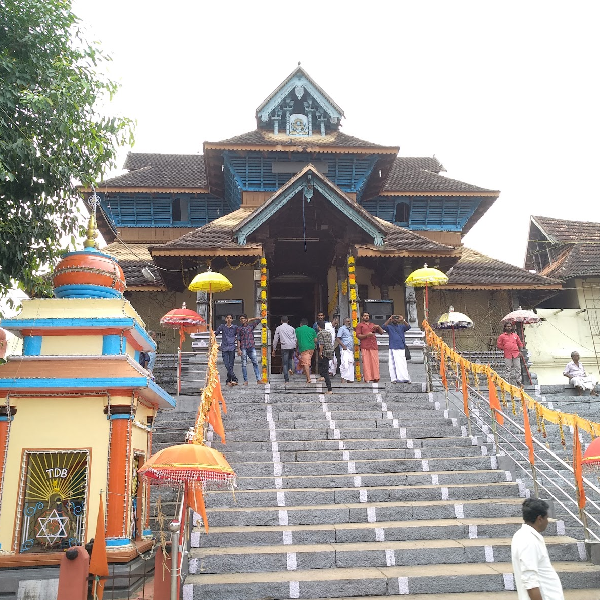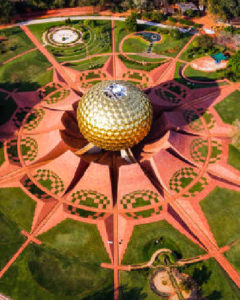- Home
- About us
- Destination
-
-
- Goa
Telangana

Andra Pradesh

- Tour Packages
- Car Rental
- Contact
Aranmula Parthasarathy Temple
Aranmula Parthasarathy Temple From Pathanamthitta

- Temple History
The Aranmula Parthasarathy Temple, located in Aranmula on the banks of the sacred Pamba River in Pathanamthitta district, is dedicated to Lord Krishna, who is affectionately referred to as Parthasarathy.
Legends suggest that the original Aranmula Parthasarathy Temple was located near Sabarimala and is mentioned in Tamil classics dating from the 6th to 9th centuries. It is believed to be one of five temples built by the Pandava brothers, each dedicated to Lord Krishna: Yudhishthira’s Thrichittatt Maha Vishnu Temple, Bheema’s Puliyur Mahavishnu Temple, Arjuna’s Aranmula Parthasarathy Temple, Nakula’s Thiruvanvandoor Mahavishnu Temple, and Sahadeva’s Thrikodithanam Mahavishnu Temple.
According to tradition, Arjuna constructed this temple as penance for killing Karna. Another legend states that it is where Lord Vishnu advised Brahma on the creation of the world. The image of Parthasarathy at Aranmula depicts him in the Vishvarupa pose from the Mahabharata, when an enraged Krishna brandished his discus against Bheeshma, who had surrendered.
- Specialty
The Aranmula Parthasarathy Temple exemplifies traditional Kerala architecture, similar to the Ettumanor Mahadeva Temple, featuring a raised platform accessed by 18 steps from the eastern tower and 57 steps from the northern tower. The main deity resides in the Sreekovil, the central sanctum of the temple.Recognized in Tamil classics and as one of India’s 108 Vaishnava temples, the temple includes several sub-shrines, including one dedicated to Lord Balarama. Constructed primarily from laterite with a granite base, the temple boasts a distinctive conical terracotta roof, a double-storied gopuram (gateway), and wooden trails leading to the sanctum.
- Festivals
Ashtami Rohini celebrates Lord Krishna’s birthday with grandeur, featuring the ‘Vallasadya,’ one of the world’s largest vegetarian feasts with 64 dishes, alongside unique snake-boat races. In the Meenam month, a grand Garuda Mount procession takes place to the Pampa River, with participation from the nearby Goddess Bhagavathy. The Khandavanadahanam, marked during the Dhanu month, commemorates the burning of the Khandavana forest from the Mahabharata by creating and setting fire to an artificial forest of dried plants. Additionally, a fasting tradition, over two centuries old, occurs after the boat race during Thiruvonam, where three local Brahmin families fast in honor of an ancient vow that was answered by Lord Krishna himself.
- Timings
- 4 Am to 11 Am. 5 Pm to 8 Pm.
- Pathways
- Train Chengannur Railway Station is the nearest railway station to Aranmula Parthasarathy Temple which is situated at a distance of 11 Km.
- Road Many state transport buses and private buses are easily available from major cities like Chengannur, Pathanamthitta, and Pandalam to Aranmula.
- Air Cochin International Airport and Trivandrum International Airport are the nearest airports to Aranmula Parthasarathy Temple which are at a distance of 124.2 Km and 116 Km respectively.




